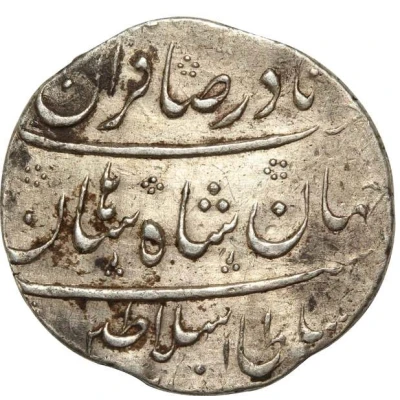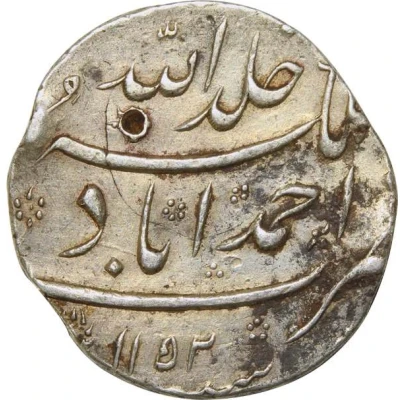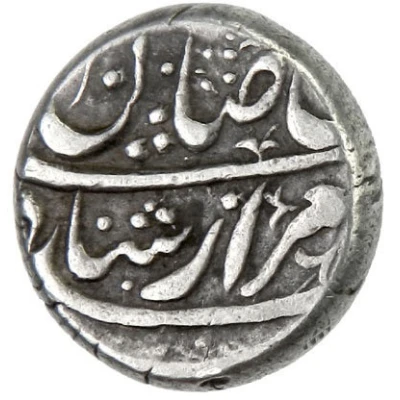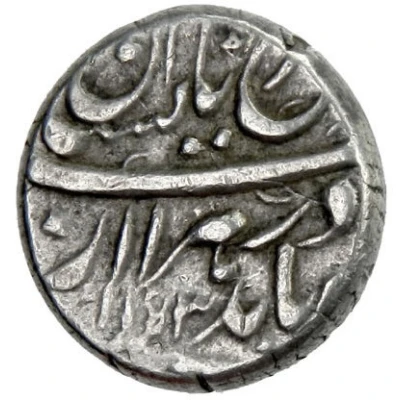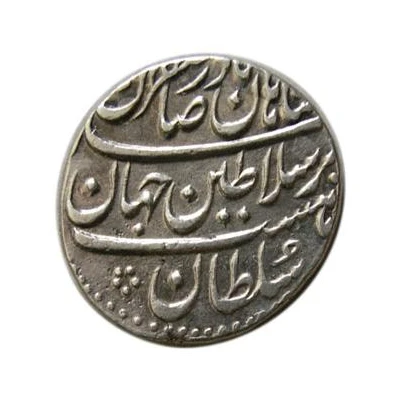
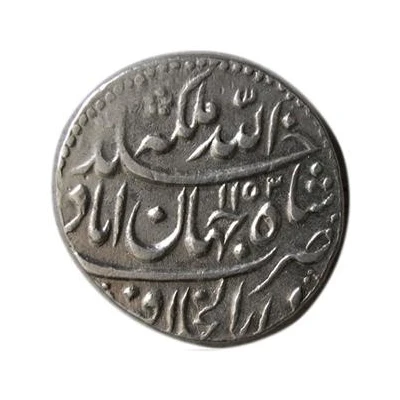

© سامعی (CC BY)
Rupee - Nader Afshar Type D2; Shahjahanabad
| Silver | 11.48 g | 20 mm |
| Issuer | Iran |
|---|---|
| Shah | Nader Shah Afshar (1736-1747) |
| Type | Standard circulation coin |
| Years | 1151-1152 (1739-1740) |
| Calendar | Islamic (Hijri) |
| Value | 1 Rupee (10) |
| Currency | Shahi (1501-1798) |
| Composition | Silver |
| Weight | 11.48 g |
| Diameter | 20 mm |
| Shape | Round (irregular) |
| Orientation | Coin alignment ↑↓ |
| Demonetized | 1747 |
| Updated | 2024-10-05 |
| Numista | N#61278 |
|---|---|
| Rarity index | 94% |
Reverse
Shah Jahanabad mint
Lettering:
خلد الله ملکه
ضرب دارالخلافه شاه جهان آباد
۱۱٥٢
Edge
Plain
Comment
Nadir Shah invaded India in AH1151 and captured the Mughal capital of Delhi, which was then formerly called Shahjahanabad. Nadir Shah held the city for a few months, then returned it to the Mughal emperor Muhammad Shah in 1152 (the 22nd year of Muhammad Shah's reign), in exchange for the imperial throne, known as the Peacock Throne, plus the entire contents of the imperial treasury, all of which was hauled back to Iran. The Peacock Throne is still in Iran, at a museum in Tehran.Interesting fact
The Nader Afshar Rupee, which was minted during the reign of Nader Shah (1736-1747), was the first coin to feature the name of the ruler in the mintage, which was a departure from the traditional practice of using the name of the caliph or the king. This change in mintage practice was a significant departure from the traditional Islamic coinage and marked a new era in Iranian numismatics.
